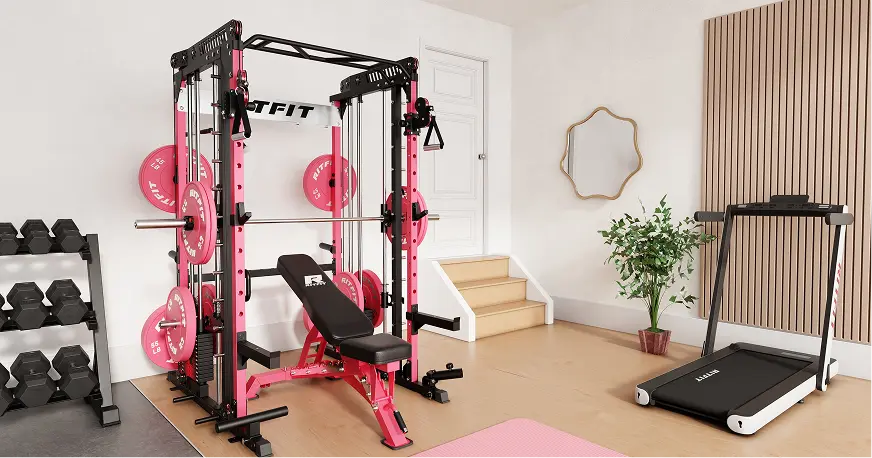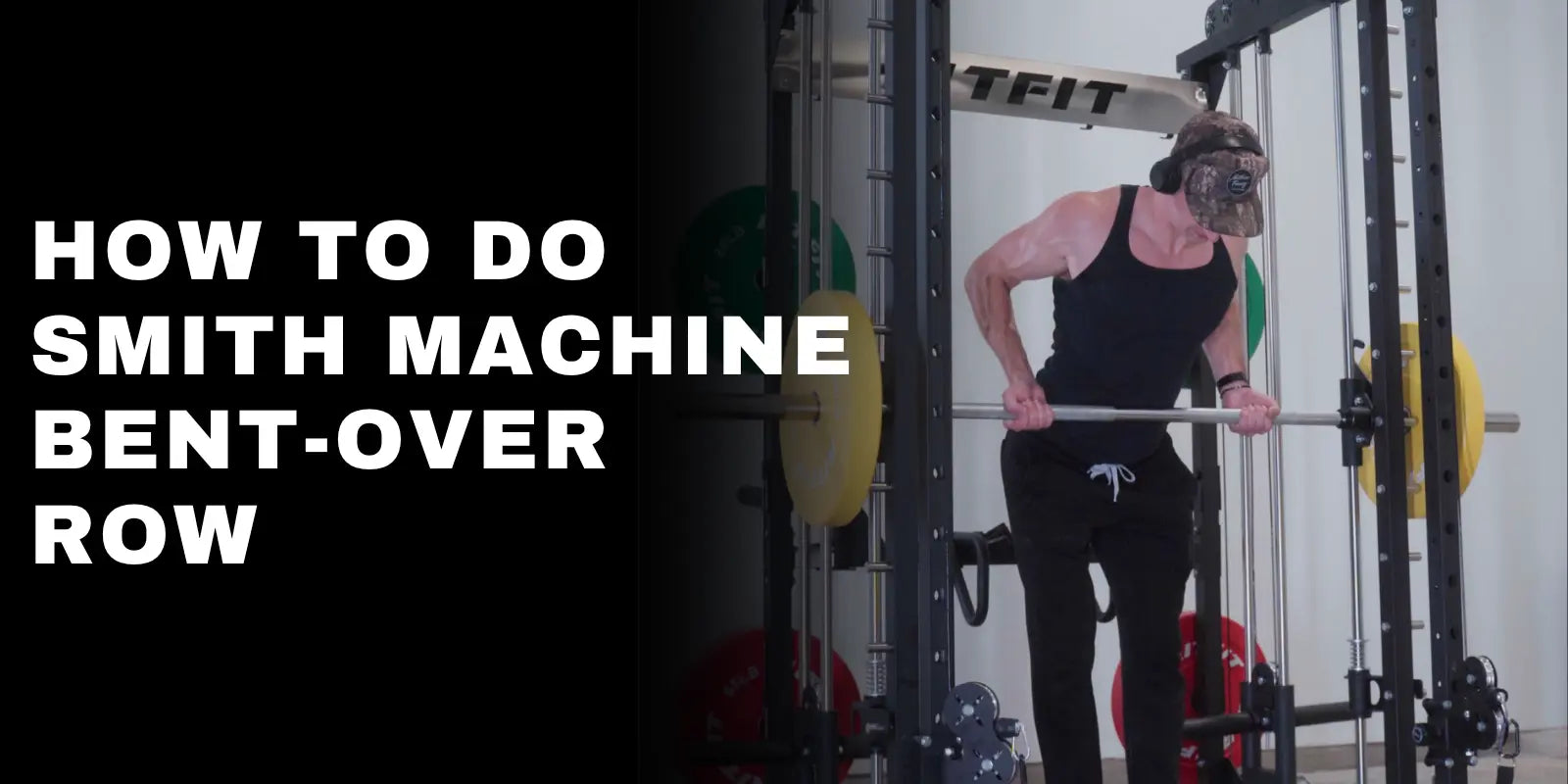Resistance Bands Mistakes #1: Sawing
Sawing is when you thread your bands through a door anchor and then alternate pulling side to side (similar to a pulley system). The side to side pulling action creates friction between the band and the anchor which creates heat. How much heat? With good force and speed side to side you could literally melt the band and the anchor. If you want to perform exercises with side to side pulling, it is recommended that you loop the band once more through the anchor, making a loop. This loop will create a simple knot which will prevent movement between the band and the anchor.

Resistance Bands Mistakes #2: Wrapping your bands around hard stationary objects
Elastic band training is super convenient, you can use them almost anywhere. It seems logical to simply anchor your bands around a pole or tree outside when you don't have access to a door. While effective this mistake can definitely damage your bands. Elastic bands are made from latex, which is a soft material. What happens when you create a great amount of force between a soft and hard object? You damage the soft object. To avoid damaging your bands it is recommended that you use a special band anchor for outdoor use. This way, your "soft" band will be in contact with another soft material when it is stretched.

Resistance Bands Mistakes #3: Threading your bands through rings or wires
Anchoring your bands to a stationary object will enable you to perform exponentially more exercises. Best of all, there are anchors everywhere in everyday life, right? While that's true, unfortunately many of these "anchors" come with a price, and should be avoided. A good example are eye hooks and wires of fencing. Yes, these anchors will work, HOWEVER, as you stretch the band and increase the force, they actually act like knives against the latex. It is common for these types of objects to cut straight through a latex tube. One way to make these types of objects band "friendly" is to attach a band "safe" anchor to the object and then secure your band(s) to that.

Resistance Bands Mistakes #4: Over-stretching the bands to increase resistance
This is probably the most common reason why bands snap. As you probably know, bands create more resistance as you stretch them. In fact, bands have a limit to their elasticity. Many people will either shorten the bands or continue to lengthen them to increase the resistance during an exercise. When you stretch the bands beyond their elasticity (be either shortening, them or stretching them too far), the pressure on the latex at the point of connection becomes too great, and creates tears. These tears weaken the latex and eventually lead to a snap.

Resistance Bands Mistakes #5: Storing your bands improperly
Most Latex tubes are made from Natural Latex. Natural latex comes from a living plant. Latex contains moisture, (this is what keeps it stretchy) just like many other substances from nature. If you leave your resistance bands in direct sunlight or in hot dry conditions, the latex can become brittle and even crumbly. When you stretch a band that has become dry, it will easily snap. Even if you do not keep your bands in dry conditions, they will last considerably longer if you keep them conditioned and lubricated. Great lubricants for bands usually contain silicone and some polymers. Black Magic Wet Tire Spray is a great product to use on your bands to keep them looking and acting like new.




















